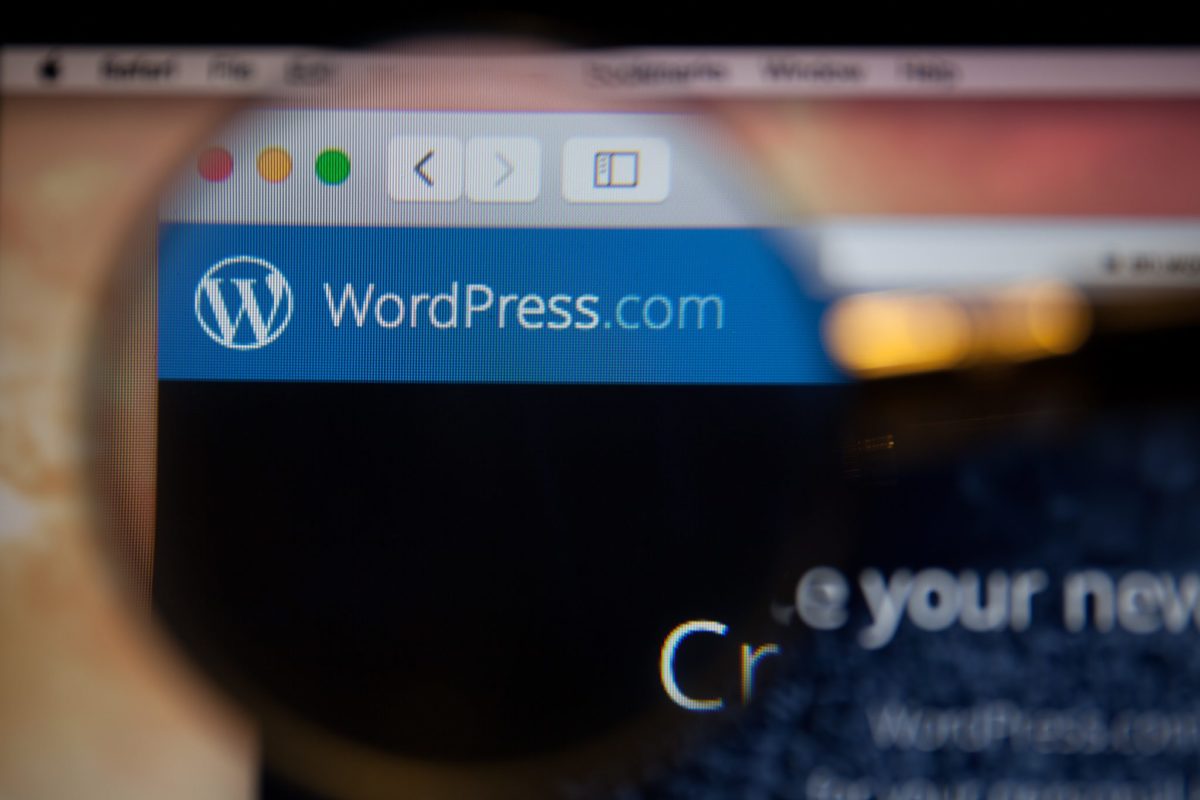What is Gutenberg?
Gutenberg is a new editor for WordPress developed by the WordPress community. It has been available as an optional editor for some time now but is becoming the core editor (with an option to roll back to the classic editor) with WordPress 5.0. The release date is currently scheduled for the 6th December.
It’s named after Johannes Gutenberg, the inventor of the printing press with movable type.
Gutenberg changes the capability of editing in WordPress away from writing standard content and using basic heading styles and paragraphs, to being able to use “Blocks”.
What are the blocks?
Blocks are either the default ones provided with Gutenberg or custom ones defined by theme developers, such as us, which allow content authors to build much more complex layouts directly in WordPress. Gutenberg comes with a number of default blocks, such as:
- Paragraph
- Heading
- Subheading
- Quote
- Image
- File
An example of a custom block might be a “Call to action”, or a ”Full-width band”.
It changes the role of content publishing in WordPress dramatically and puts a huge amount of control in the hands of content authors, based on constraints and design principles set by developers.

In my opinion, this is the biggest change in WordPress since WordPress 3 was released in 2010. It is part of WordPress’ core strategy of democratising publishing worldwide.
Those of you that have had sites built by us in 2018 will have most likely come across the “Add row” button for adding specific types of content area to a page, known as “Flexible Content”. Although this isn’t actually Gutenberg, this is very similar to the concept used in the new Gutenberg editor.
Hallam’s view
Gutenberg is a major shift and very much in the early days of development. Early release software is usually buggy so we will not be adding the editor to any existing websites which we have built without completing a thorough audit. There are also concerns about the accessibility support of Gutenberg which is an important issue for many of our clients.
If we built your existing website we can, of course, bring in support for Gutenberg should we or you see fit. Just have a chat with your account manager and they can get the process started with us.
If we did not build your website, we can still investigate the feasibility of implementing Gutenberg. We recommend that you talk to your existing developers first.
Websites built in the future will have support for Gutenberg.
We’re extremely excited for the future of content publishing in WordPress with the power of Gutenberg available.
Pros of Gutenberg:
- Much more control over page layouts within the editor, without requiring continual development resource
- As with all WordPress admin area functions, the user experience is extremely friendly to use
- Great mobile support
- Ability to craft beautiful landing pages directly in WordPress based around a considered set of design constraints
Cons of Gutenberg
- There will be a learning curve, but we can help with this via training
- Potential incompatibility issues with older themes





